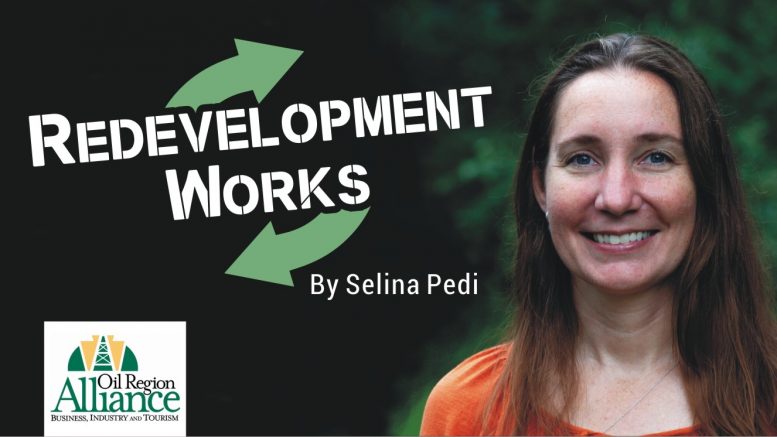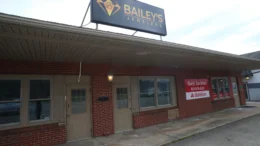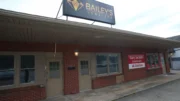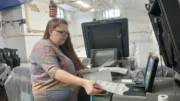With a rust-belt legacy linked directly with ours, Pittsburgh’s recent redevelopment efforts provide theoretical guidelines that show promise for our own region, while highlighting the importance of marrying strong theory to practical application.
Launched in 2015, Pittsburgh’s P4 policy framework strives to celebrate the area’s proud industrial heritage while allowing for the equitable, sustainable, and balanced advancement of new technologies and industries. Pittsburgh has embraced the transition of the last few decades; many changes were thrust upon the city by outside forces, from new federal regulations to investment from high-tech corporations, but local leadership decided to actively pursue opportunities within the changing landscape while also accepting the responsibilities that come with progress. Pittsburgh has dedicated itself to becoming “not just economically successful, but also inclusive and just.” Over the last several years, the P4 policy has helped frame the Steel City’s decisions on everything from real estate development to climate change mitigation to arts, education, and culture.
The Oil Region, of course, is not Pittsburgh. This area is decidedly rural, with a population of just under 60,000 in an area covering more than 700 square miles. Pittsburgh, on the other hand, squeezes more than 300,000 people into a mere 55 square miles. There is no doubt that significant differences exist between our sparsely populated and widely spread regional towns and Pittsburgh’s dense urban mass.
Those differences, however, do not change the strong theory behind the P4 framework. Equitable, sustainable, and balanced advancement does not fundamentally change just because of a community’s geography. What changes is the practical application of that theory, finding ways to harness the power of a particular community’s People and Place to address equitable Performance and promote a healthy Planet. Pittsburgh harnessed the power of their density, and they are working to solve the problems associated with that density, such as extreme poverty, gentrification, crime, disease, and pollution.
Here in the Oil Region, we have our own unique problems, mainly that we have an excess of Place, but a scarcity of People, and we are tasked with finding ways to turn that to our advantage. Our community-wide decisions still involve a balance of stakeholder needs and resource limitations, but our unique struggle is to bring together enough voices to create, in the words of built environment expert James Rosenwax, the “collision of ideas and people… which is needed to help us solve some of our most complex problems.”
The Oil Region and Pittsburgh share a rich and sometimes painful industrial legacy, and, like Pittsburgh, we now have the opportunity to step forward, respectful of but no longer shadowed by that legacy. The distinct path of the Oil Heritage Region is paved with the peace and tranquility of our natural surroundings, and the strength and fortitude of our rural population.
I encourage you to share your voice and help us move forward into the best and brightest possible future. Information on ongoing projects, ways to get actively involved, and a link to our community-wide Vision Survey are available at acrivervalley.org.
Selina Pedi is the Oil Region Alliance redevelopment manager. She can be reached by email at spedi@oilregion.org.










































